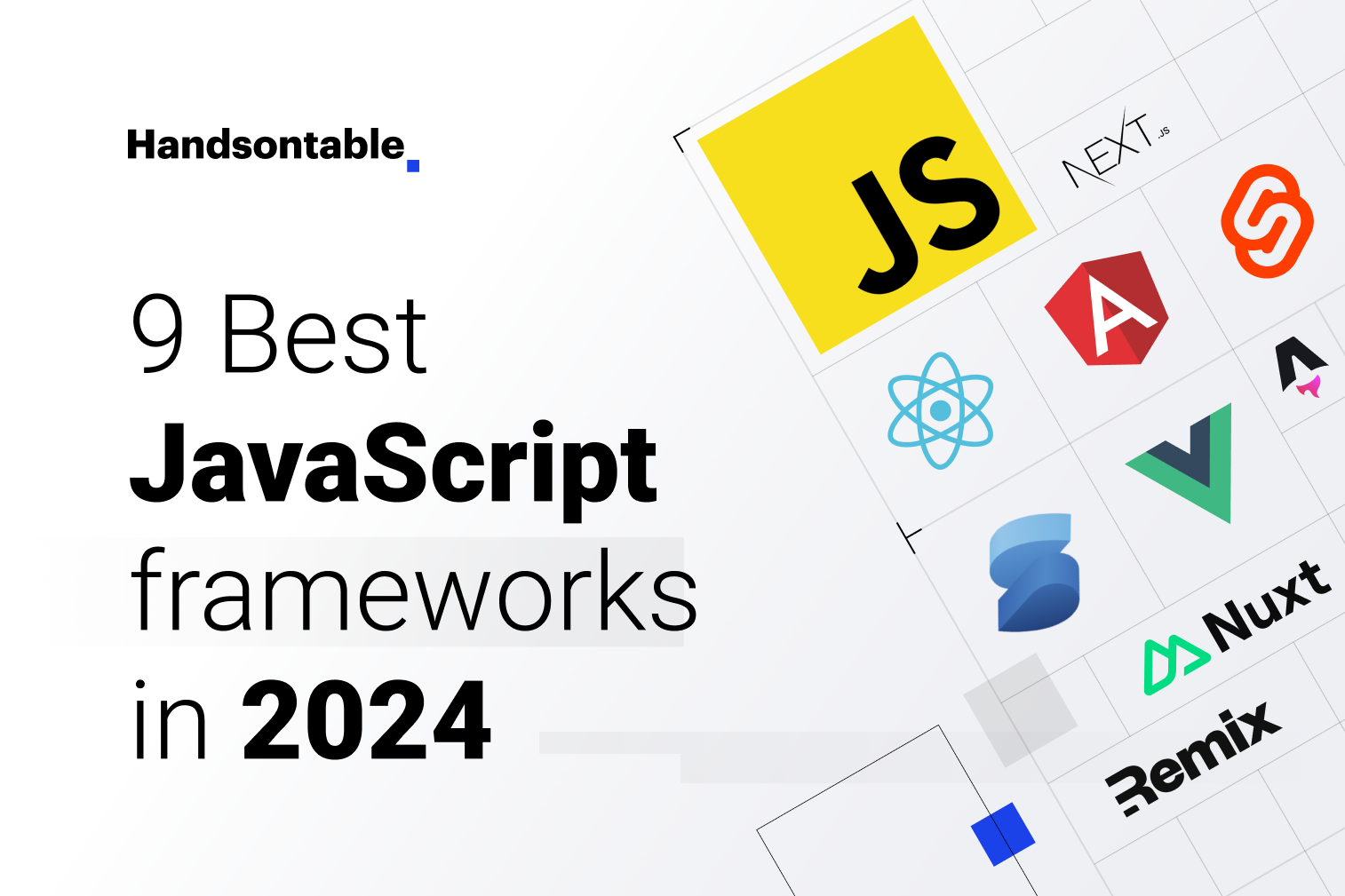Tube Rank: Your Guide to Video Success
Discover tips and insights for optimizing your video presence.
JavaScript Frameworks: The Battle of the Titans
Discover the ultimate showdown of JavaScript frameworks! Uncover the strengths and weaknesses of the titans battling for web development supremacy.
Comparing Popular JavaScript Frameworks: Pros and Cons
When evaluating the most popular JavaScript frameworks, several contenders consistently rise to the top: React, Angular, and Vue.js. Each of these frameworks has its own unique benefits and drawbacks. For instance, React excels in flexibility and has a rich ecosystem of libraries, making it a go-to choice for many developers. However, this flexibility can lead to challenges in maintaining a consistent architecture in larger applications. On the other hand, Angular offers a robust structure and comprehensive tooling out of the box, which can speed up development. Yet, its steeper learning curve can deter new developers. Vue.js, known for its simplicity, falls somewhere in between, providing an approachable learning curve alongside powerful features for building interactive applications.
It’s essential to consider the pros and cons of these frameworks to make an informed decision.
- React:
- Pros: High performance, large community support, interchangeable components.
- Cons: Requires additional libraries for state management and routing.
- Angular:
- Pros: Comprehensive solutions, strong performance, two-way data binding.
- Cons: Not as flexible, can be overwhelming for newcomers.
- Vue.js:
- Pros: Easy to learn, flexible, offers reactive data binding.
- Cons: Smaller community compared to React and Angular, which may impact the availability of resources.

The Evolution of JavaScript Frameworks: What You Need to Know
The evolution of JavaScript frameworks has been nothing short of revolutionary, transforming the landscape of web development. In its early days, developers primarily used plain JavaScript for adding interactivity to static pages. However, as web applications grew in complexity, the need for more organized and efficient coding practices became apparent, leading to the rise of early frameworks like jQuery. With its simple syntax and ability to simplify DOM manipulation, jQuery set the stage for future frameworks by enabling developers to write less code while achieving more functionality.
Following jQuery's success, a multitude of modern frameworks emerged, each bringing unique features to the table. Frameworks such as Angular, React, and Vue.js have since become prominent players, offering powerful tools for building scalable applications. These frameworks not only enhance the user experience through improved performance but also introduce concepts like component-based architecture. As developers seek to deliver high-quality products, understanding the evolution and principles behind these JavaScript frameworks is essential for staying relevant in the fast-paced world of web development.
Which JavaScript Framework is Right for Your Project? A Comprehensive Guide
Choosing the right JavaScript framework for your project is crucial for ensuring efficiency, scalability, and maintainability. With a myriad of options available, such as React, Angular, and Vue.js, each framework offers unique features that cater to different project requirements. To help you make an informed decision, consider the following factors:
- Project Size: Smaller projects might benefit from lighter frameworks like Vue.js, whereas larger applications may require the robust structure that Angular provides.
- Learning Curve: If your team is new to JavaScript frameworks, React’s straightforward syntax could be more accessible compared to Angular’s comprehensive approach.
- Community Support: A strong community can enhance your project's longevity. React, for instance, boasts a large ecosystem and extensive support resources.
After assessing your project’s requirements, it’s essential to weigh the pros and cons of each framework. React excels in building dynamic user interfaces with its component-based architecture, making it suitable for single-page applications. Conversely, Angular provides a complete solution with its MVC architecture and built-in tools, which can streamline development for complex applications. Vue.js, on the other hand, strikes a balance between flexibility and performance while being easy for new developers to adopt.
Ultimately, the decision on which JavaScript framework to use should align with your project’s goals and your team’s expertise. By taking the time to analyze your options, you can ensure that your chosen framework will enhance productivity and deliver a successful outcome.